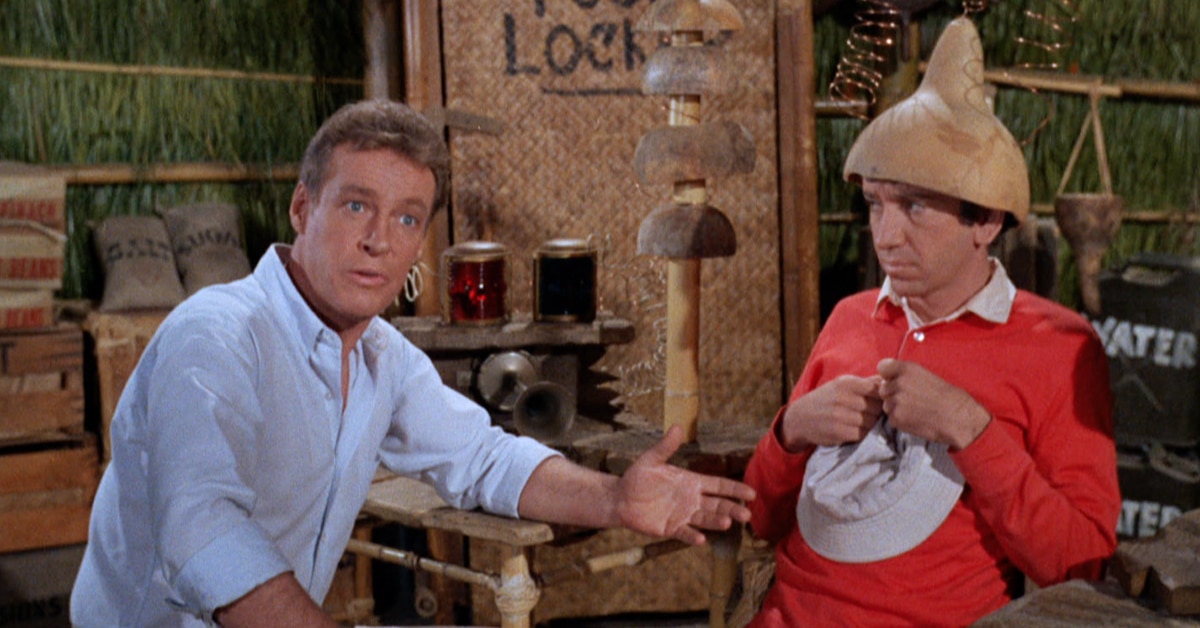I retired from the NYPD and moved to Florida like many NYC policemen and firemen do- there is no state income tax here and it doesn’t snow. I decided I needed a job so I worked for a local Sheriff’s office for three years.
Policemen always have their hands full when they deal with emotionally disturbed persons (EDP’s in NYPD parlance). It was no different in south Florida.
While working in Florida I had seen many incidents where an EDP was wrestled into handcuffs, pepper sprayed, or even shot with a taser. But I handled EDP’s much differently than the average cop. And, since I didn’t like to wear all that crap on my belt, I never wore a taser. So that wasn’t an option for me. I was, an continue to be unorthodox in my ways but I always looked to get the job done with as little force as necessary.
This particular true story started when I was in my training period after starting out in the sheriff’s office. My training officer, who hailed from New York, and I were dispatched as backup to a call of an emotionally disturbed woman who refused to be handcuffed and taken to the local mental health facility. Apparently she threatened to kill herself and needed professional help. I waited patiently as my colleagues ordered her to stand up and be handcuffed. She was screaming at them and they were screaming at her. A Deputy took out his pepper spray and another took out his taser. My training officer then intervened and told the others to let me talk to the woman. He told me, “work your mojo on her.” He was a wise cop.
I got down on the ground next to the woman and quietly told her my first name. I told her I wasn’t there to hurt her but that I couldn’t speak for these other “hillbilly cops.” I told her I worked previously with the New York City Police Department. She became quiet and looked up at me with interest. I can’t blame her. Who wouldn’t be interested in a retired NYPD cop who called his co-workers “hillbillies.” I saw she was about my age. I asked her if she ever saw the television show “Gilligan’s Island.” She said she had. I asked her if I could ask her a question about the show. She nodded her head yes. I asked her why it was that the professor could make a record player out of a coconut but he couldn’t fix a fu#&ing hole in a boat! She burst out in laughter and in a short while she was handcuffed, seated in the back of the police car, and smiling. No yelling, no scuffling, no pepper spray, and no taser. No brutality!
I’ve used this tactic many times and thankfully it has never failed me. They should teach it in the police academy.
Alas, they will refuse to teach this tactic or anything like it because it offends the senses of today’s militarized police.
It still amazes me that back in the 80’s and early 90’s in the heart of Harlem cops I worked with used tactics like this all the time. My precinct encompassed less than one square mile (with about 70 homicides per year) and may have been the most violent precinct in the country-per capita. When a precinct is that small every cop knows about every other cop. You know if there is brutality. You know if there is corruption. You just can’t hide it in a precinct that small. I was fortunate to have worked there. Brutality and corruption were almost non-existent. Policemen were proud to wrestle a gun away from someone instead of shooting them. It was a point of honor. Twenty six men of honor were killed in the line of duty in that small precinct alone. Much more than any other precinct in the city and probably the entire country. That is why reader’s will see that my pride still stands for the cops I worked with in what was nicknamed “The Tomb of Gloom.”
But my pride in the profession of policing is now gone. As the saying goes, “oh how far down we done fell” since that time.
Reprinted with permission from LewRockwell.com.


